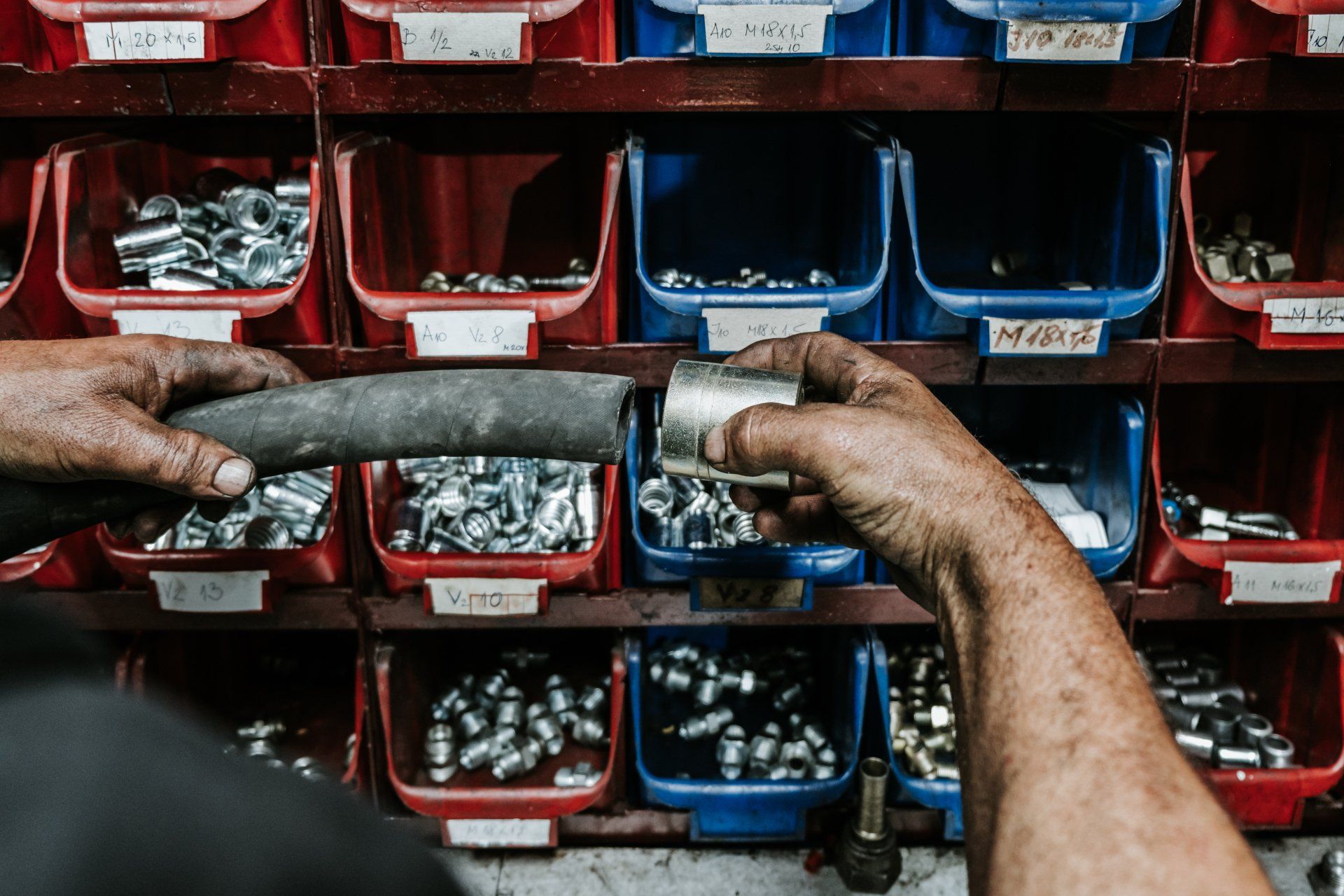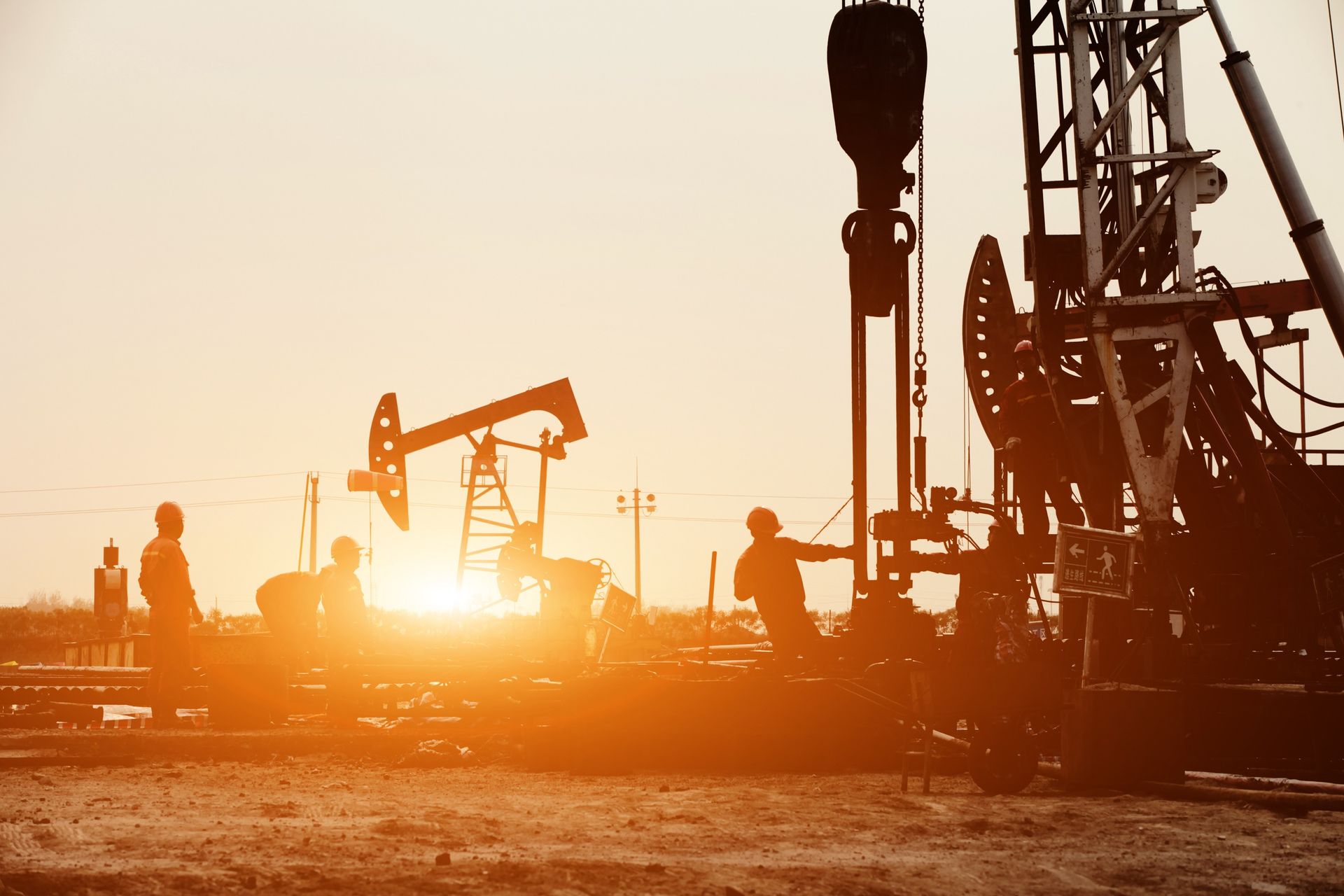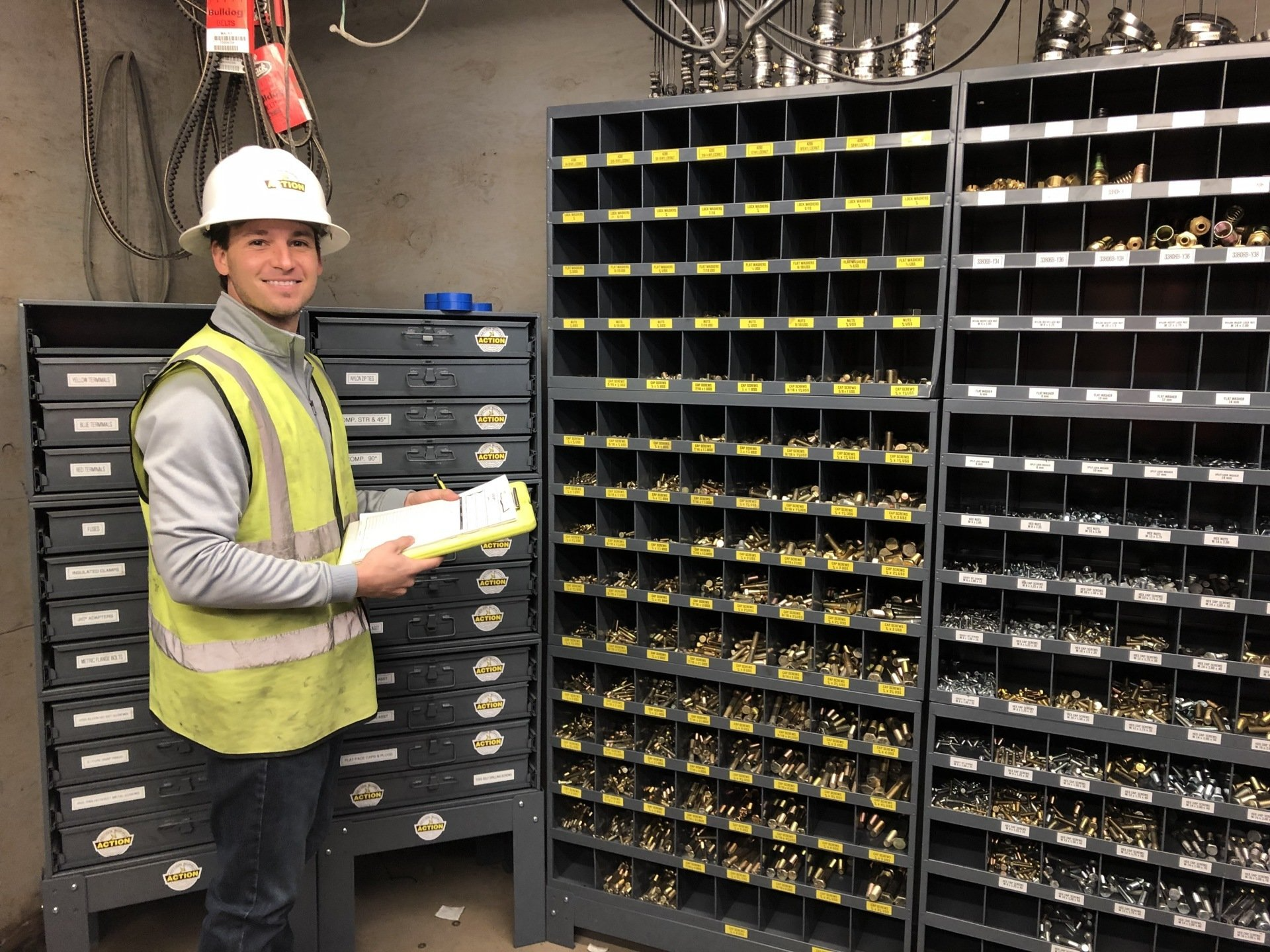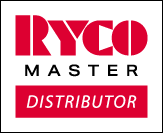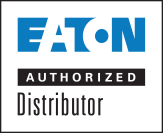How to Prevent Temperature-Related Issues in High-Pressure Hose Assemblies
High-pressure hose assemblies are essential for conveying fluids or gases under high pressure, but they can be susceptible to failure due to temperature. In this blog, we'll explore the impact of temperature on hose assembly failure, the risks associated with failure, and the measures to prevent it.
Why is Temperature Important in High-Pressure Hose Assemblies?
Temperature can impact the physical properties of the hose and the fluid or gas it transports.
High-pressure hoses are designed to operate within a specific temperature range. Exposure to environmental temperatures outside this range can cause the hose to weaken, become brittle, or lose its flexibility. This can lead to premature failure of the hose assembly and potential hazards to personnel, property, and the environment.
What Are Some of the Risks of a High-Pressure Hose Assembly Failure?
The risks of high-pressure hose assembly failure due to temperature can be significant and potentially hazardous. Here are some of the risks to consider:
● Personnel Injury. If a high-pressure hose assembly fails while in use, it can release high-pressure fluid or gas and cause injury to personnel in the immediate vicinity. The force of the release can cause lacerations, punctures, or even amputations.
● Property Damage. A hose assembly failure can cause significant property damage if the fluid or gas being conveyed is released uncontrollably. For example, if the fluid is flammable, it can cause fires or explosions, leading to extensive property damage or loss.
● Downtime. A hose assembly failure can also result in significant downtime for operations, resulting in lost productivity and revenue on top of the repair or replacement costs.
● Environmental Impact. If the fluid conveyed through the hose assembly is hazardous, its release can lead to long-term environmental damage, including contamination of the soil, water, and air.
How to Prevent Temperature-Related Failure in the High-Pressure Hose Assembly
Preventing high-pressure hose assembly failure requires preventive measures to ensure the assembly is used within its specified temperature range. Here are some steps you can take to prevent failure due to temperature:
● Follow the Manufacturer's Guidelines. High-pressure hose assemblies should be used within their specified temperature range, as indicated by the manufacturer's guidelines. It's essential to follow these guidelines to prevent the hose from becoming brittle, losing flexibility, or swelling.
● Install the Correct Hose and Connections. Follow the manufacturer's guidelines to choose the hose you need and use appropriate fittings and connectors. Proper installation can prevent stress on the hose, which will also help prevent premature failure due to temperature.
● Inspect Hoses Regularly. This can help identify potential issues before they become severe. Any signs of cracks, bulges, or leaks should be addressed immediately to prevent failure due to temperature.
● Monitor Temperature. Monitoring the temperature of the fluid or gas being conveyed through the hose assembly can help prevent failure due to temperature. It can also be an early indicator of other problems that need to be addressed in the system.
● Use Insulation. Using insulation can help maintain the ideal temperature range of the hose assembly, especially in extreme weather conditions.
By taking these steps, you can ensure you assemble the system right the first time, and you can also catch temperature-related issues before they turn into more costly problems.
Action Supply Can Help You Assemble Your System Right the First Time
Whether you have questions about the best hose for each fluid or gas, or if you need a full on-site assembly by experts, we are here to help! Our inventory experts will work hard, earn your trust, and help you get the job done right. Contact us today for a consult.
